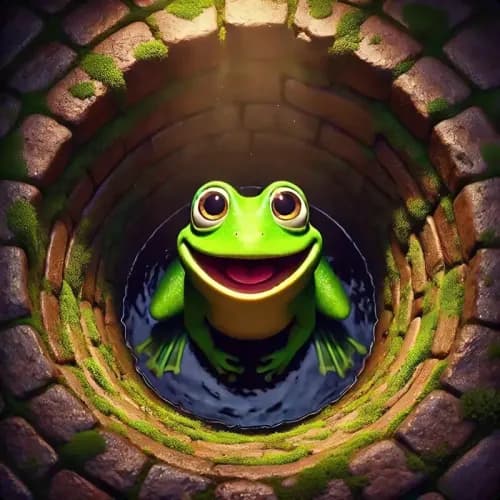Aesop | Greece
El Pescador y el Pececillo
Un pescador pobre atrapa un pececito que ruega por su vida, pero él se niega y se lo lleva a casa.

Érase una vez, en un pequeño pueblo junto al mar, vivía un pescador que no tenía mucho dinero. Todos los días, iba al mar y lanzaba su red al agua para atrapar peces. Un día, mientras recogía su red, vio que había atrapado un pez muy pequeñito. Este pez era realmente pequeño, casi como un pez bebé, y el pescador se sintió un poco triste al mirarlo.
El pececito estaba asustado y comenzó a hablarle al pescador: "Por favor, amable pescador, déjame volver al mar. Soy muy pequeño ahora, pero te prometo que si me dejas ir, creceré grande y fuerte. Entonces, podrás atraparme de nuevo y valdré mucho más para ti."
El pescador miró al pequeño pez en su mano y pensó en lo que había dicho. Pero luego, sacudió la cabeza y dijo: "No, pececito. Te tengo ahora mismo y no puedo dejarte ir. Es mejor tener algo pequeño ahora que esperar algo más grande que quizás no suceda."
Así que el pescador puso al pececito en su cesta y se lo llevó a casa.
















